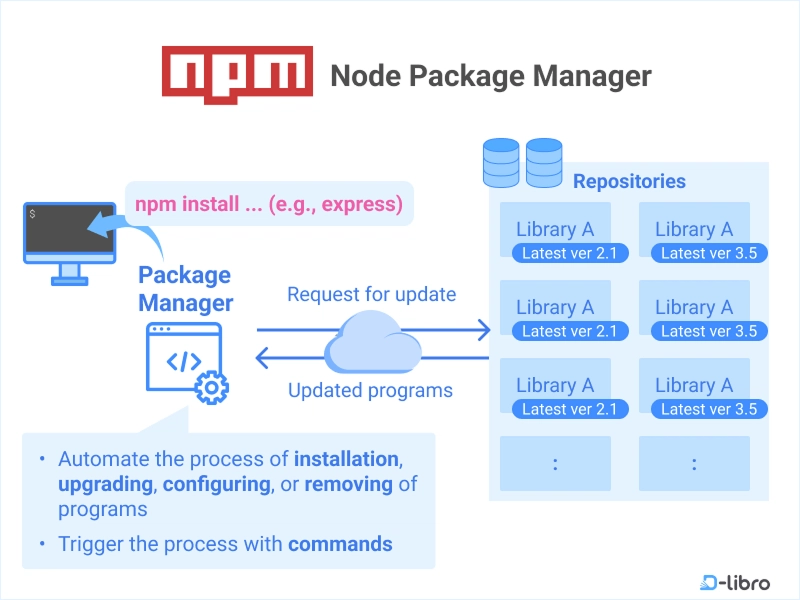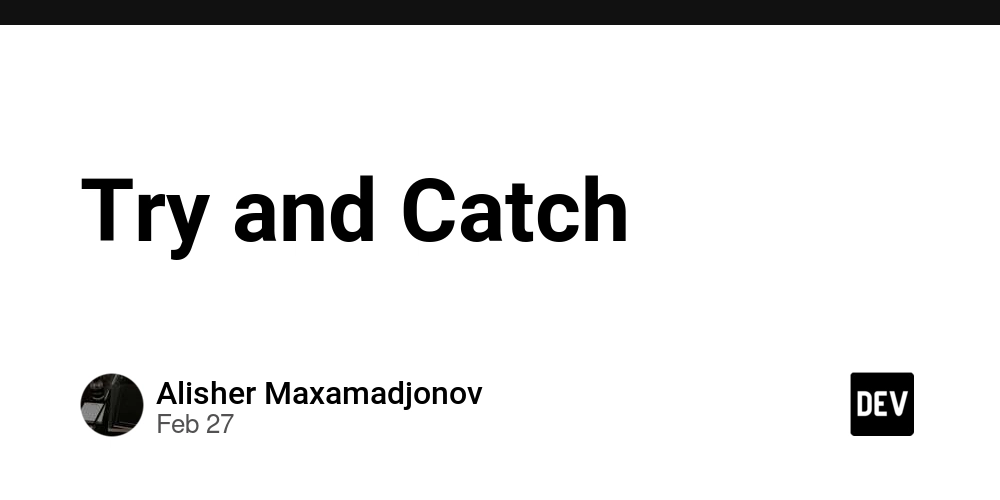Understanding JavaScript Modules and Libraries (With a Little Help from AI)
When you first start learning JavaScript, everything happens in one file. One big file. It works at first, sure. But as your projects grow, things start to feel… messy. You’re scrolling up and down, trying to find that one function you wrote earlier. You tweak something and accidentally break another part of the code. Frustrating, right? That’s where modules come in. And libraries. And eventually frameworks. In this post — the ninth in our “Learning JavaScript with AI” series — we’re going to talk about how JavaScript scales. But don’t worry, this isn’t about writing “enterprise-grade applications.” This is about staying sane while building things. And yes, we’ll show you how AI can smooth out the bumps along the way. What are modules? Let’s say you’re building a website with some interactive features: a quiz, a countdown timer, and maybe a to-do list. It doesn’t take long before the code starts piling up. Wouldn’t it be nice to split things up? Put the quiz code in one file, the timer in another, and so on? That’s exactly what modules let you do. Instead of dumping everything into one giant script, you organize your code into smaller, reusable files. Each one does its job and nothing else. Here’s what that might look like in practice: // timer.js export function startTimer() { // timer logic here And then in your main file: import { startTimer } from './timer.js'; startTimer(); Feels more manageable already, right? From modules to libraries and frameworks Once you understand how modules work, you’ll see how JavaScript libraries are basically a big collection of reusable modules. They solve problems so you don’t have to reinvent the wheel. Frameworks go even further — they give you a whole structure to build your app around. Here’s a super quick way to think about it: Module = a small piece of your own code, like a utility function or a feature. Library = someone else’s code you can use in your project (like jQuery or Lodash). Framework = someone else’s plan for how your entire project should be structured (like React or Vue). If you’re not sure which one to use, here’s a tip: start small. Libraries like jQuery or Lodash are easy to plug in. Frameworks are powerful, but they ask for more upfront commitment. Introducing jQuery Even though newer frameworks get all the buzz, jQuery is still around — and for good reason. It’s simple to use. You can add a script tag and start coding. No setup, no build tools, just a few lines, and you’re good to go. Let’s say you want a button that shows a message when clicked. With jQuery, it’s this easy: $("#myButton").click(function () { alert("You clicked the button!"); }); That’s it. It works. And if you’re maintaining older websites, or just want to build something quickly, jQuery gets the job done. What’s cool now is that AI can help you write jQuery in a snap. Try this: Prompt: “Create a jQuery modal that fades in when a button is clicked, with a close button and a message.” You’ll get all the code — HTML, CSS, and JavaScript. Tweak it a bit, and you’ve got a polished feature in minutes. NPM (Node Package Manager) Once you start using libraries more often, you’ll want an easier way to manage them. That’s where NPM (Node Package Manager) comes in. Think of NPM as a command-line tool that downloads JavaScript packages for you. Want to use React? One command. Need a date formatting tool like Moment.js? Same deal. Here’s how simple it is: npm install moment Now you can use it in your code: import moment from 'moment'; console.log(moment().format("MMMM Do YYYY")); Not sure what a package does? Just ask your AI assistant: “What is Moment.js and how do I use it to show the current date?” You’ll get a plain-English explanation with code examples you can actually use. No need to dig through old documentation or guess what the functions mean. Organizing code makes everything easier When you first start coding, it’s tempting to just get things working. And that’s fine for early projects. But once you want to go further — build something others can use or grow — you’ll need a better system. Modules, libraries, and tools like NPM aren’t just “advanced” topics — they’re the foundation of how real web development works. And the best part? You don’t need to master them all at once. You can learn as you go. You can lean on AI when you hit a wall. You can test ideas without fear of breaking everything. That’s a much less stressful way to grow. Check your JavaScript skills We’ve put together a short skill check to help you assess where you are. It covers the essentials—just enough to let you know if you should review a few things or move ahead. You can take the assessment at this link. Before you go If you’ve ever felt overwhelmed by “modern JavaScript,” this is your permission to slow down. Take what you need, when you need
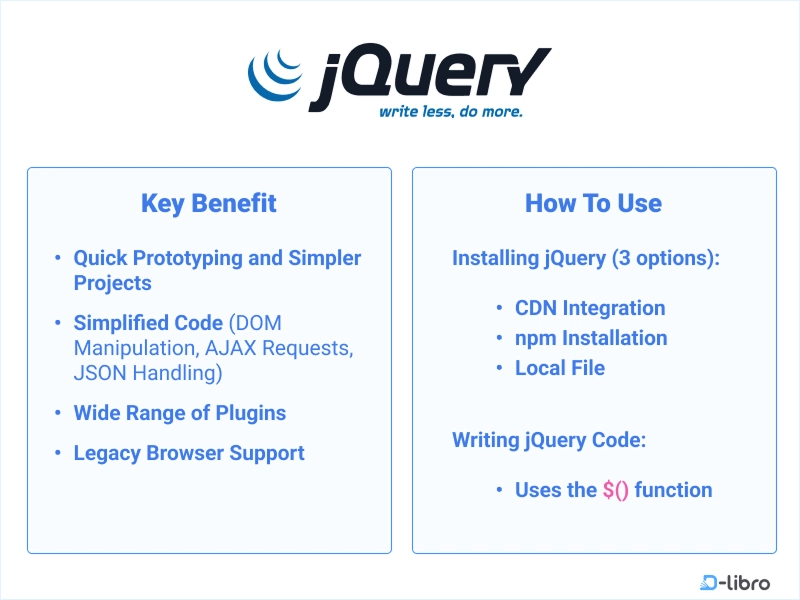
When you first start learning JavaScript, everything happens in one file. One big file. It works at first, sure. But as your projects grow, things start to feel… messy.
You’re scrolling up and down, trying to find that one function you wrote earlier. You tweak something and accidentally break another part of the code. Frustrating, right?
That’s where modules come in. And libraries. And eventually frameworks.
In this post — the ninth in our “Learning JavaScript with AI” series — we’re going to talk about how JavaScript scales. But don’t worry, this isn’t about writing “enterprise-grade applications.” This is about staying sane while building things. And yes, we’ll show you how AI can smooth out the bumps along the way.
What are modules?
Let’s say you’re building a website with some interactive features: a quiz, a countdown timer, and maybe a to-do list. It doesn’t take long before the code starts piling up.
Wouldn’t it be nice to split things up? Put the quiz code in one file, the timer in another, and so on?
That’s exactly what modules let you do. Instead of dumping everything into one giant script, you organize your code into smaller, reusable files. Each one does its job and nothing else.
Here’s what that might look like in practice:
// timer.js
export function startTimer() {
// timer logic here
And then in your main file:
import { startTimer } from './timer.js';
startTimer();
Feels more manageable already, right?
From modules to libraries and frameworks
Once you understand how modules work, you’ll see how JavaScript libraries are basically a big collection of reusable modules. They solve problems so you don’t have to reinvent the wheel.
Frameworks go even further — they give you a whole structure to build your app around.
Here’s a super quick way to think about it:
Module = a small piece of your own code, like a utility function or a feature.
Library = someone else’s code you can use in your project (like jQuery or Lodash).
Framework = someone else’s plan for how your entire project should be structured (like React or Vue).
If you’re not sure which one to use, here’s a tip: start small. Libraries like jQuery or Lodash are easy to plug in. Frameworks are powerful, but they ask for more upfront commitment.
Introducing jQuery
Even though newer frameworks get all the buzz, jQuery is still around — and for good reason.
It’s simple to use. You can add a script tag and start coding. No setup, no build tools, just a few lines, and you’re good to go.
Let’s say you want a button that shows a message when clicked. With jQuery, it’s this easy:
$("#myButton").click(function () {
alert("You clicked the button!");
});
That’s it. It works. And if you’re maintaining older websites, or just want to build something quickly, jQuery gets the job done.
What’s cool now is that AI can help you write jQuery in a snap. Try this:
Prompt:
“Create a jQuery modal that fades in when a button is clicked, with a close button and a message.”
You’ll get all the code — HTML, CSS, and JavaScript. Tweak it a bit, and you’ve got a polished feature in minutes.
NPM (Node Package Manager)
Once you start using libraries more often, you’ll want an easier way to manage them. That’s where NPM (Node Package Manager) comes in.
Think of NPM as a command-line tool that downloads JavaScript packages for you. Want to use React? One command. Need a date formatting tool like Moment.js? Same deal.
Here’s how simple it is:
npm install moment
Now you can use it in your code:
import moment from 'moment';
console.log(moment().format("MMMM Do YYYY"));
Not sure what a package does? Just ask your AI assistant:
“What is Moment.js and how do I use it to show the current date?”
You’ll get a plain-English explanation with code examples you can actually use. No need to dig through old documentation or guess what the functions mean.
Organizing code makes everything easier
When you first start coding, it’s tempting to just get things working. And that’s fine for early projects.
But once you want to go further — build something others can use or grow — you’ll need a better system. Modules, libraries, and tools like NPM aren’t just “advanced” topics — they’re the foundation of how real web development works.
And the best part? You don’t need to master them all at once.
You can learn as you go. You can lean on AI when you hit a wall. You can test ideas without fear of breaking everything.
That’s a much less stressful way to grow.
Check your JavaScript skills
We’ve put together a short skill check to help you assess where you are. It covers the essentials—just enough to let you know if you should review a few things or move ahead.
You can take the assessment at this link.
Before you go
If you’ve ever felt overwhelmed by “modern JavaScript,” this is your permission to slow down. Take what you need, when you need it. Use modules to tidy up your code. Try a library when a problem’s already been solved. Reach for a framework when you’re ready to build something bigger.
And remember — AI tools are here to help. You don’t need to memorize every command or function. You just need to understand the key ideas and know how to ask for help when you need it.
This article is a summary of “Learn JavaScript with AI — A Smarter Way to Code” by D-Libro.










































































































































































![[The AI Show Episode 144]: ChatGPT’s New Memory, Shopify CEO’s Leaked “AI First” Memo, Google Cloud Next Releases, o3 and o4-mini Coming Soon & Llama 4’s Rocky Launch](https://www.marketingaiinstitute.com/hubfs/ep%20144%20cover.png)














































































































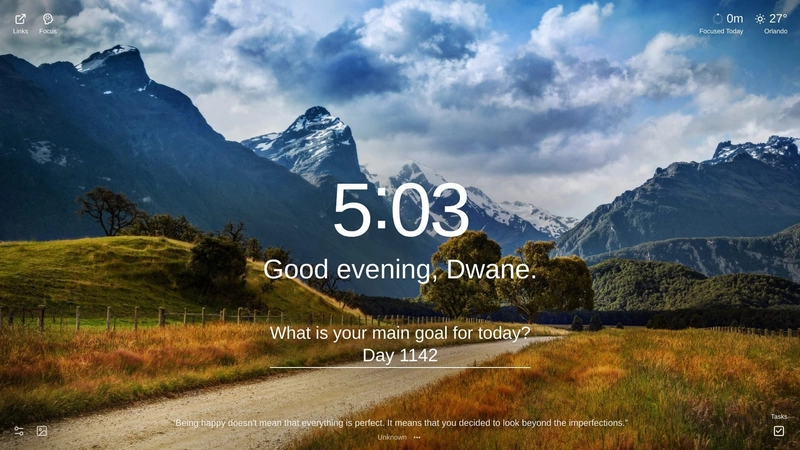
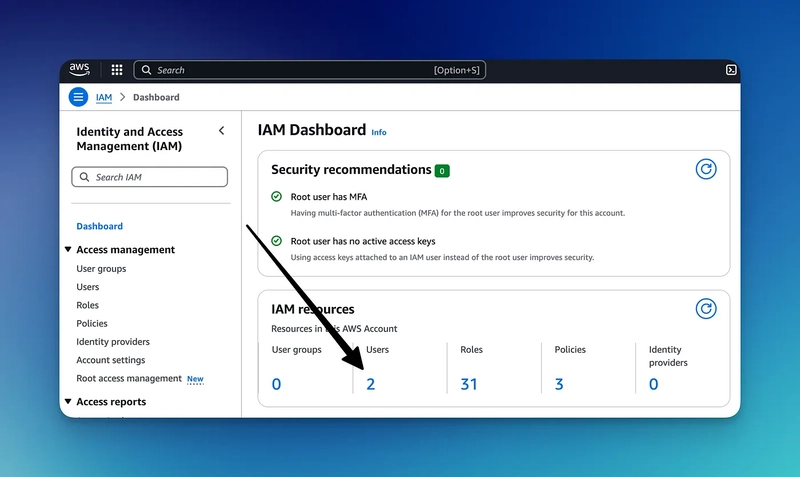
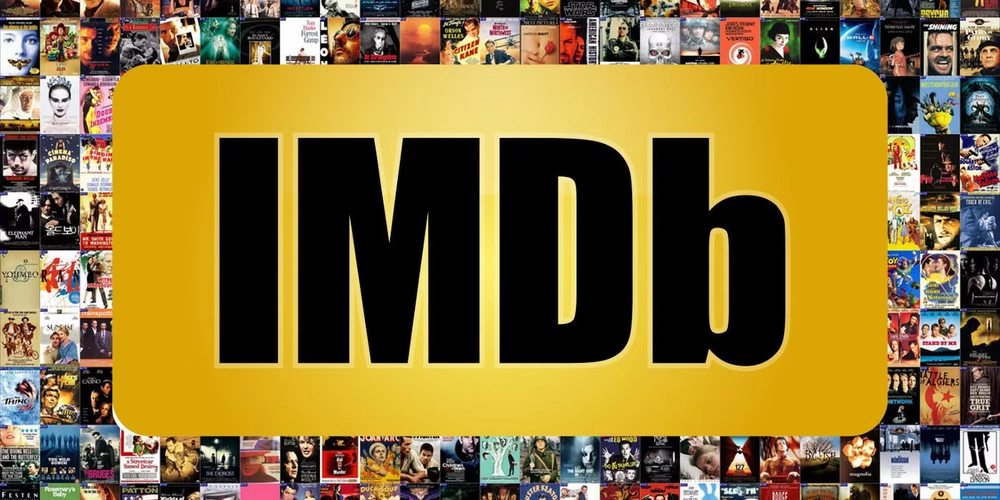



















































































![GrandChase tier list of the best characters available [April 2025]](https://media.pocketgamer.com/artwork/na-33057-1637756796/grandchase-ios-android-3rd-anniversary.jpg?#)





















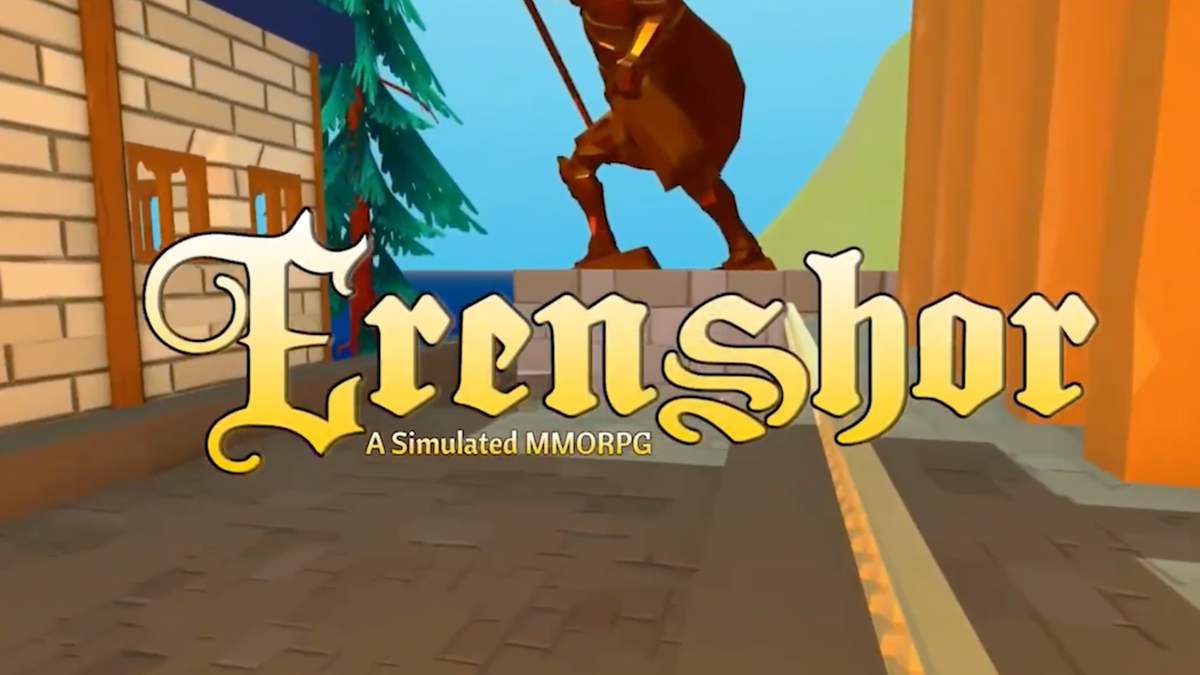






















.png?width=1920&height=1920&fit=bounds&quality=70&format=jpg&auto=webp#)








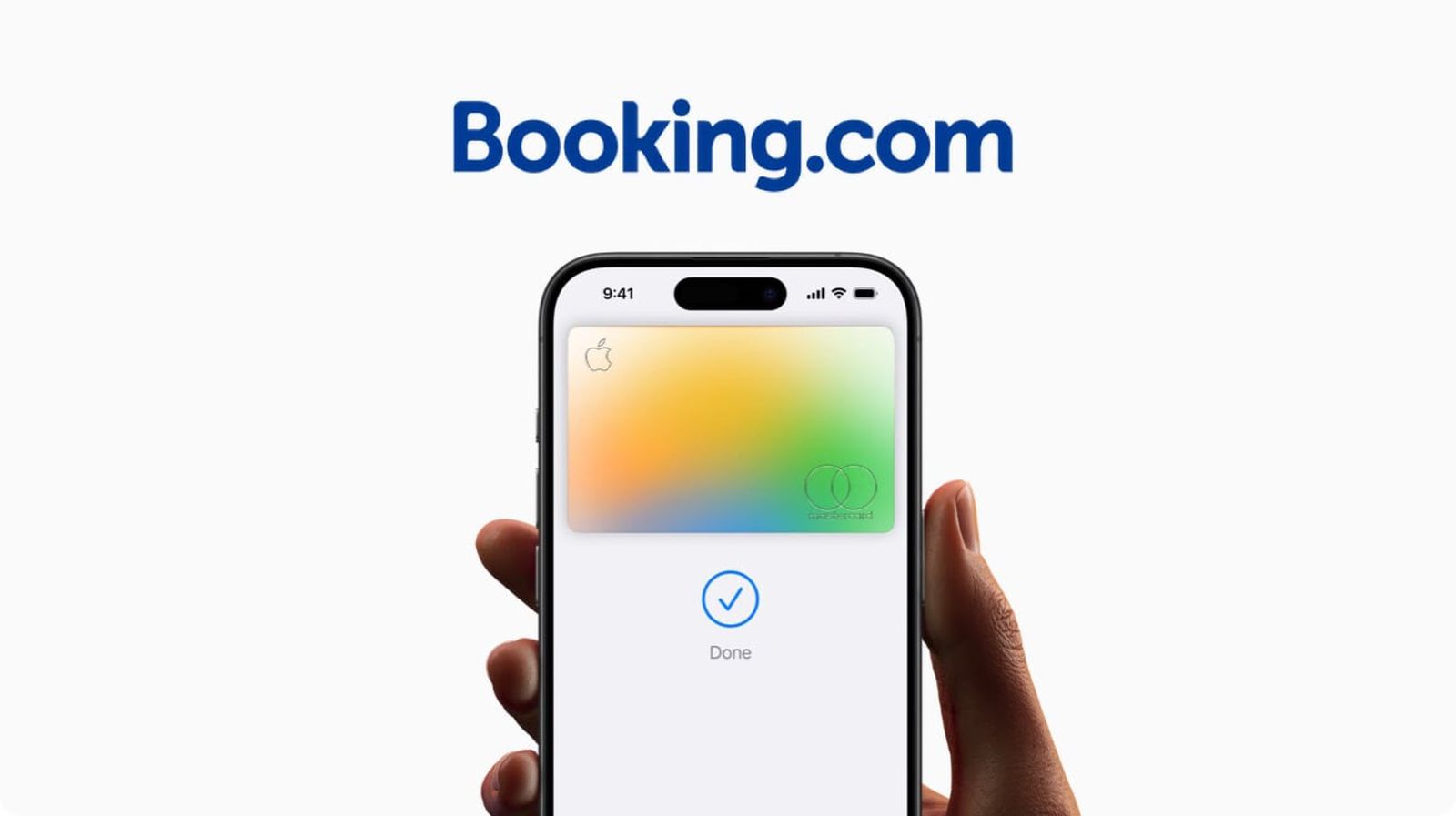
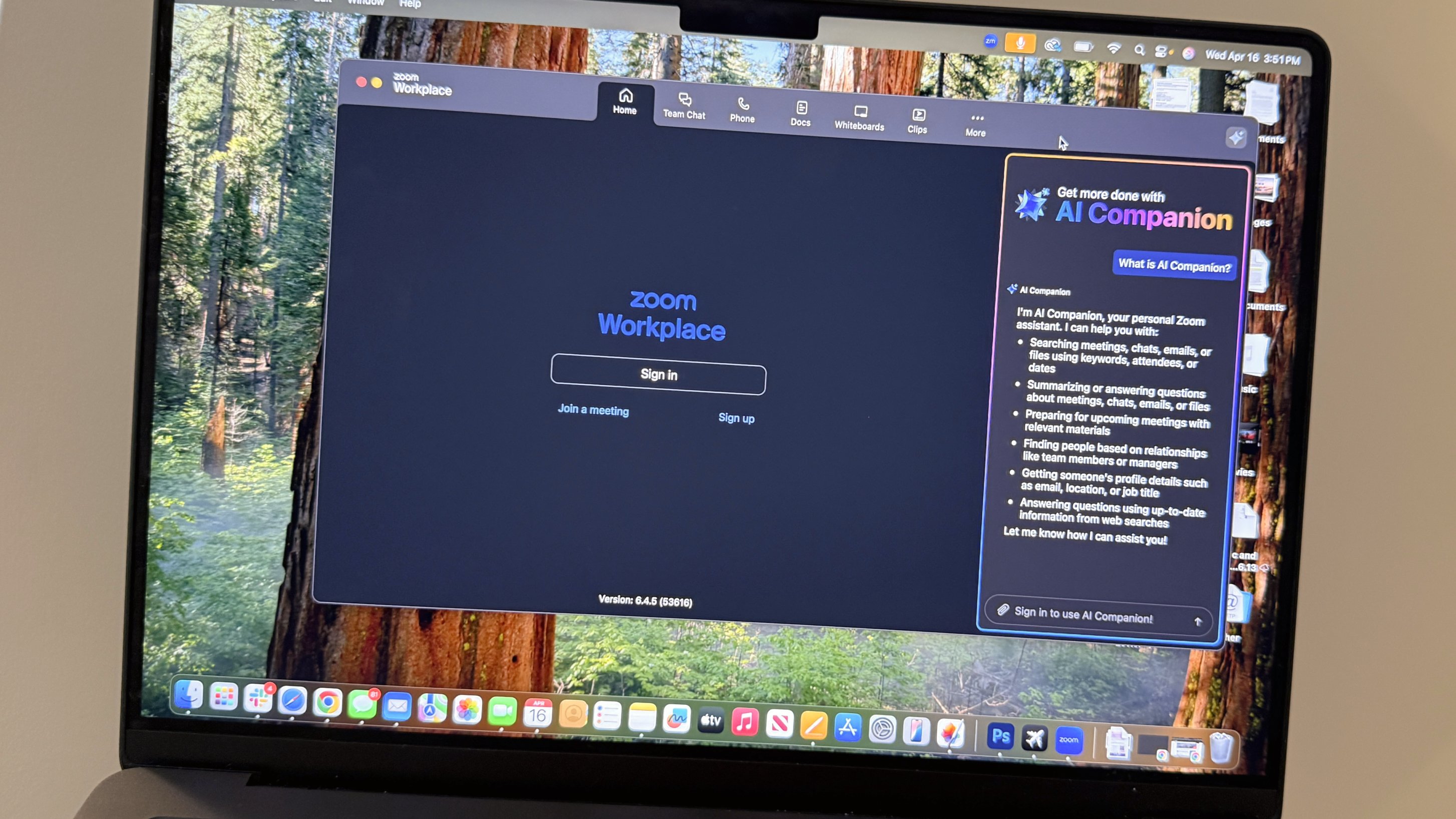





















































































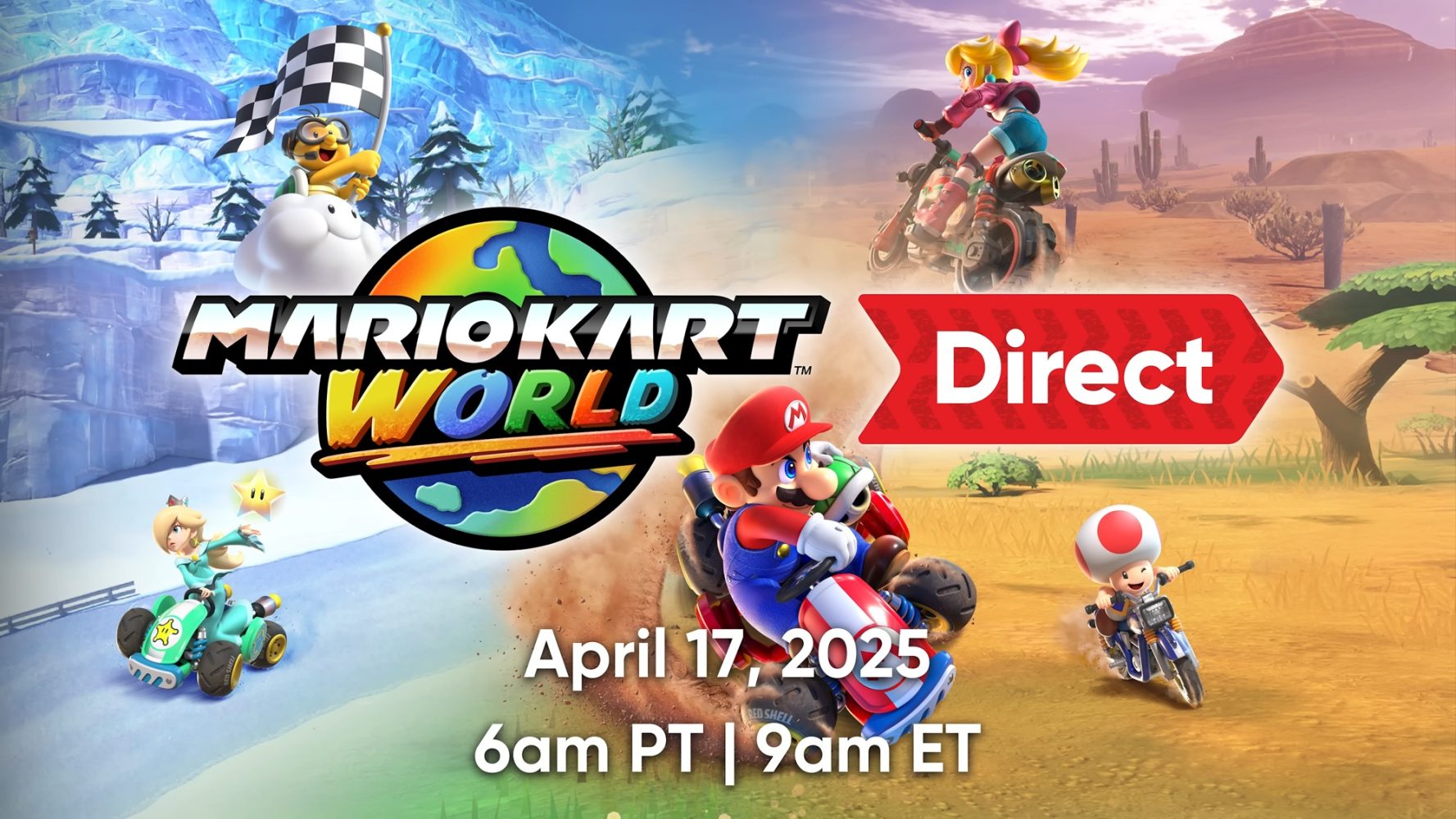
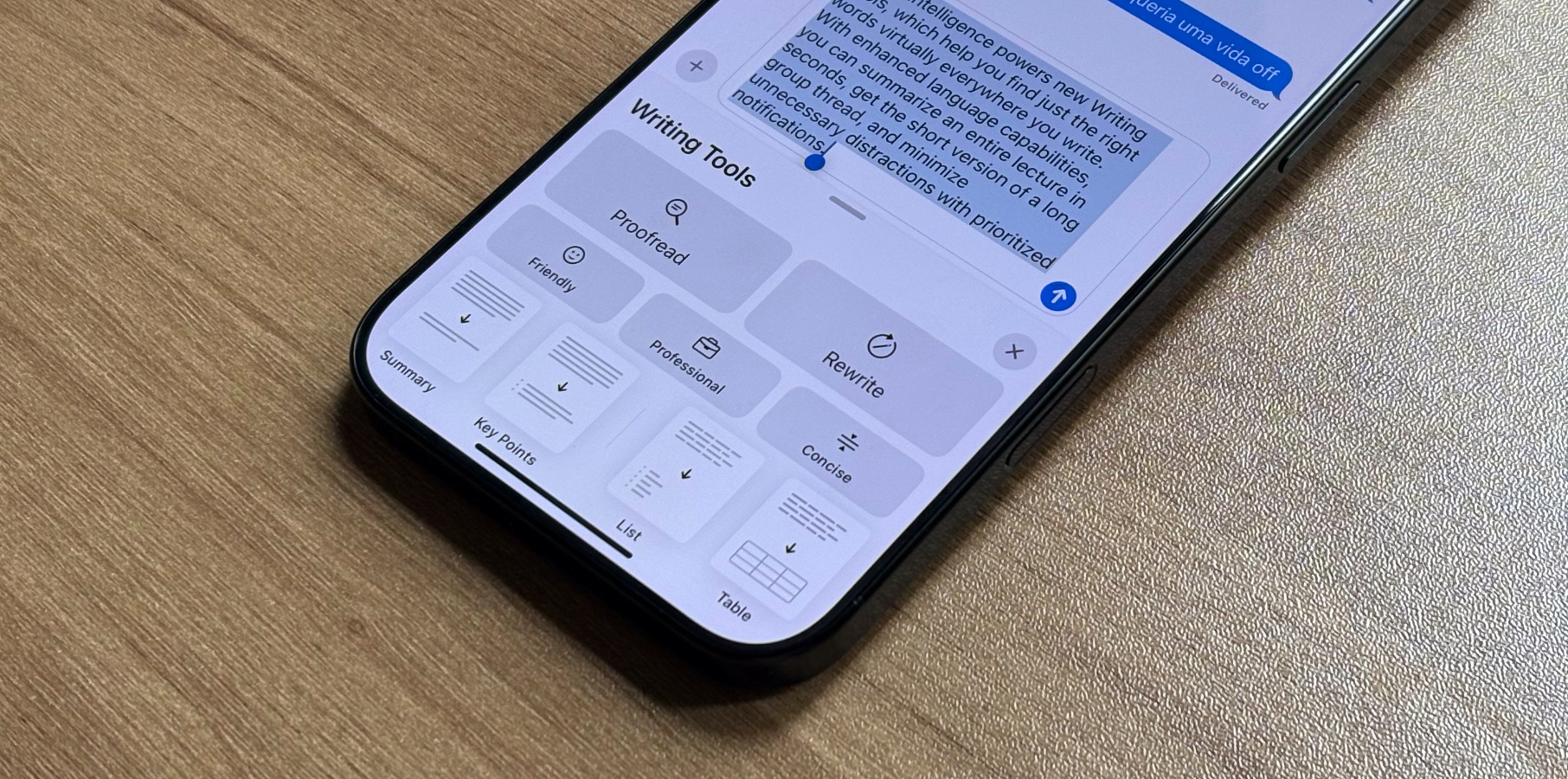




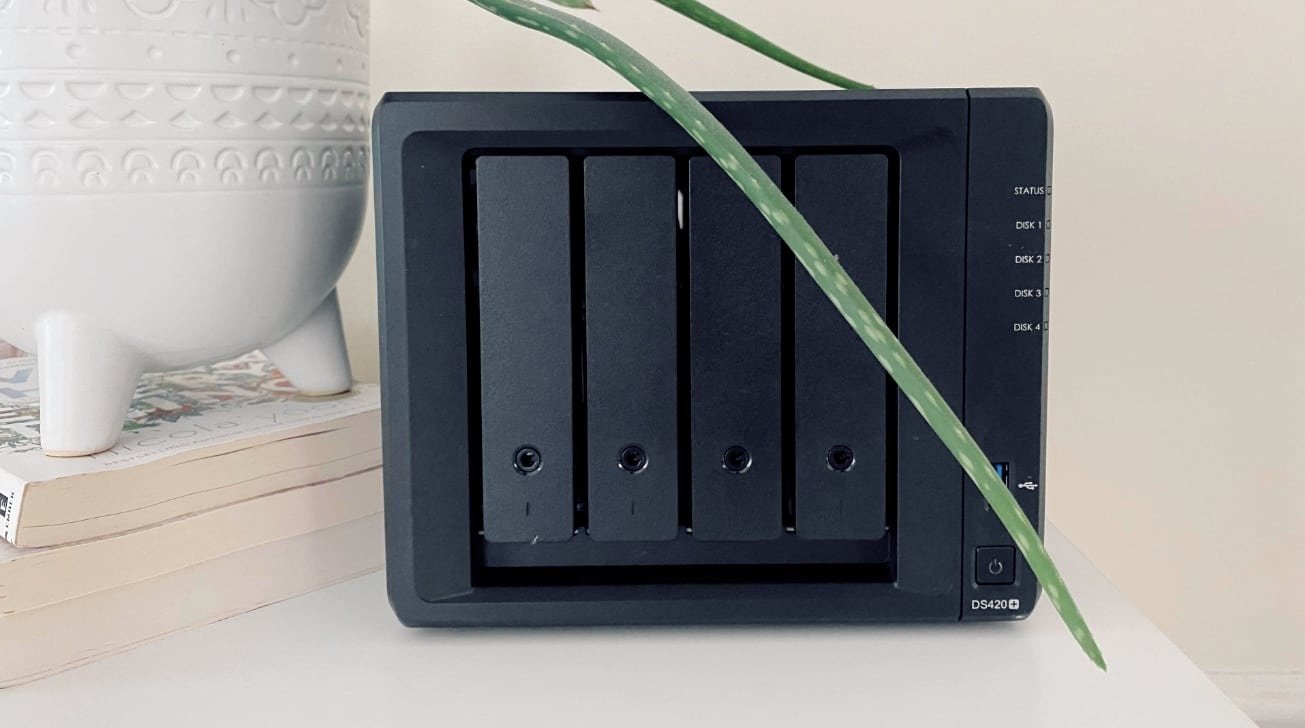

![Global security vulnerability database gets 11 more months of funding [u]](https://photos5.appleinsider.com/gallery/63338-131616-62453-129471-61060-125967-51013-100774-49862-97722-Malware-Image-xl-xl-xl-(1)-xl-xl.jpg)


























![Apple Shares New 'Mac Does That' Ads for MacBook Pro [Video]](https://www.iclarified.com/images/news/97055/97055/97055-640.jpg)

![Apple Releases tvOS 18.4.1 for Apple TV [Download]](https://www.iclarified.com/images/news/97047/97047/97047-640.jpg)
![Apple Releases macOS Sequoia 15.4.1 [Download]](https://www.iclarified.com/images/news/97049/97049/97049-640.jpg)































































































































